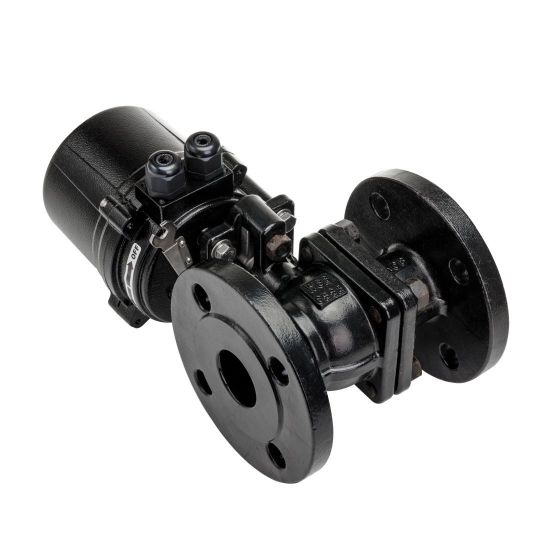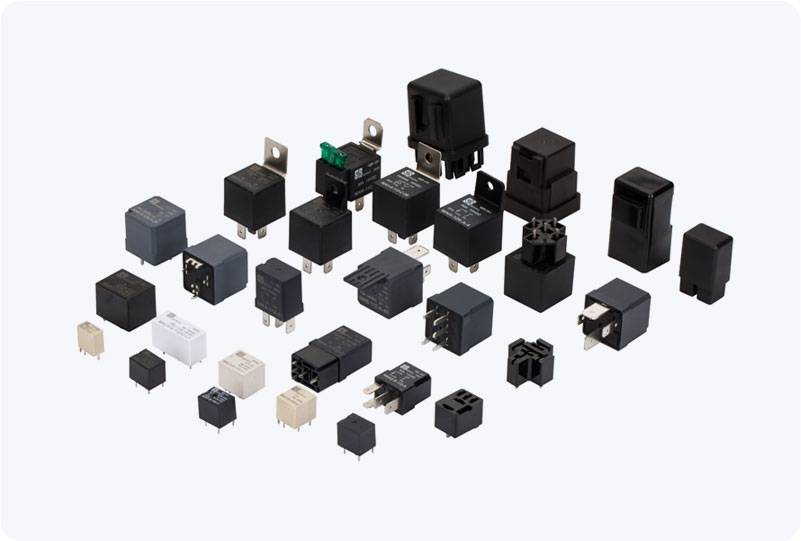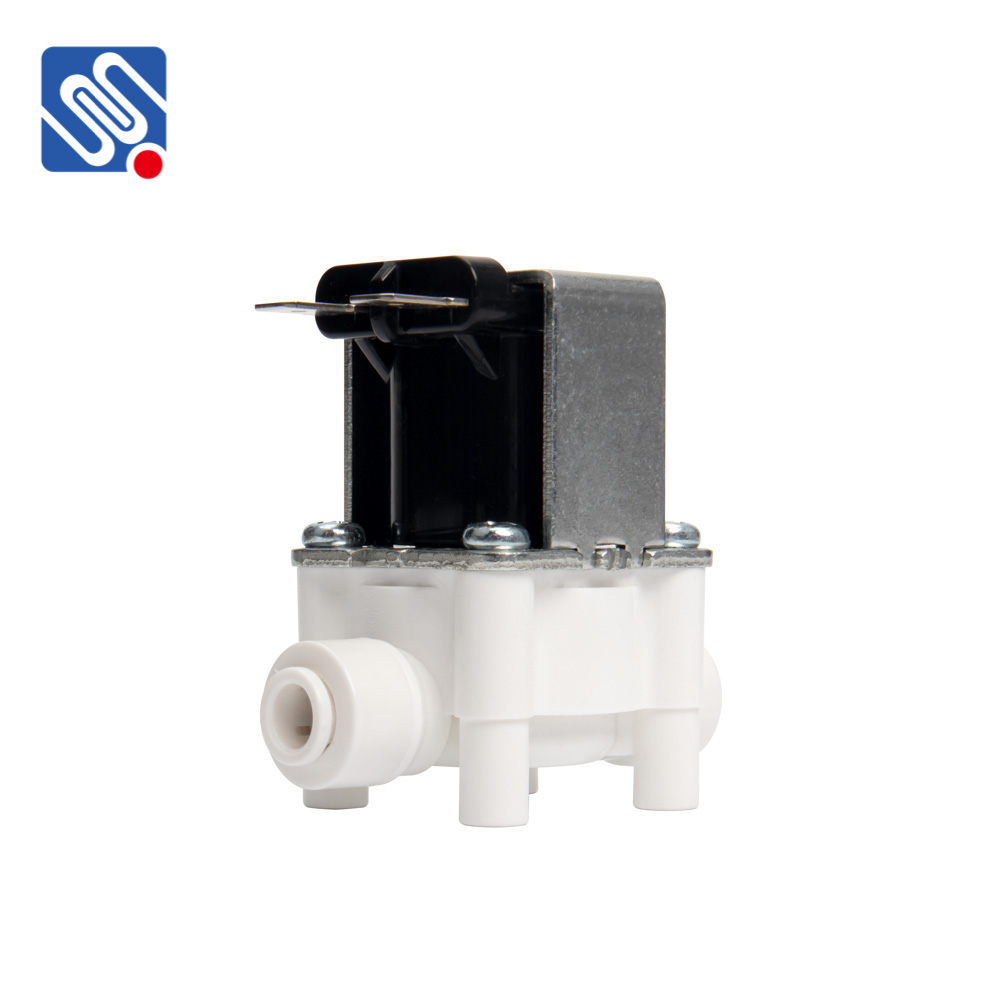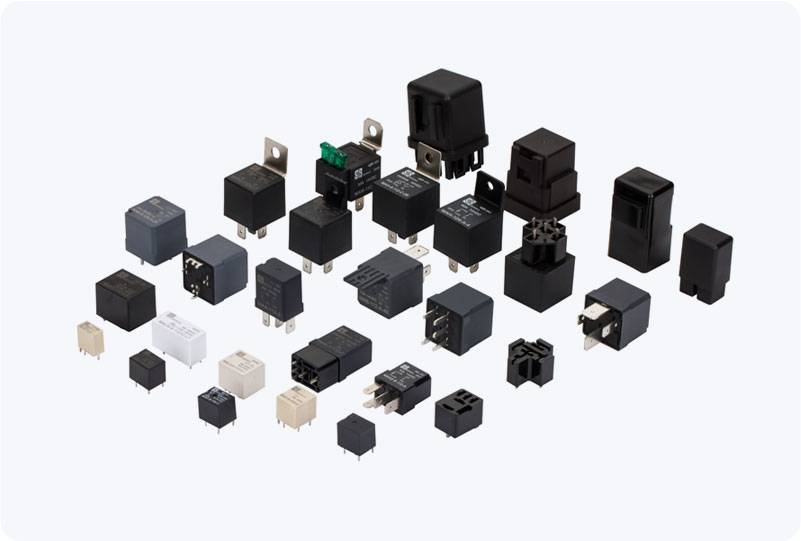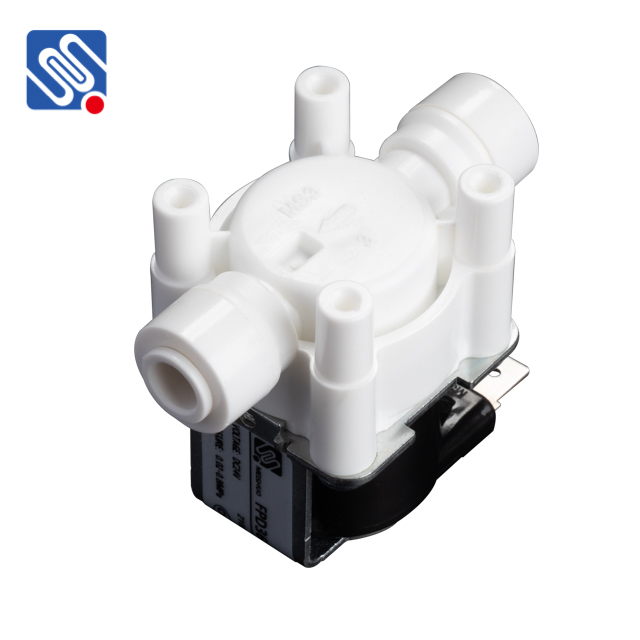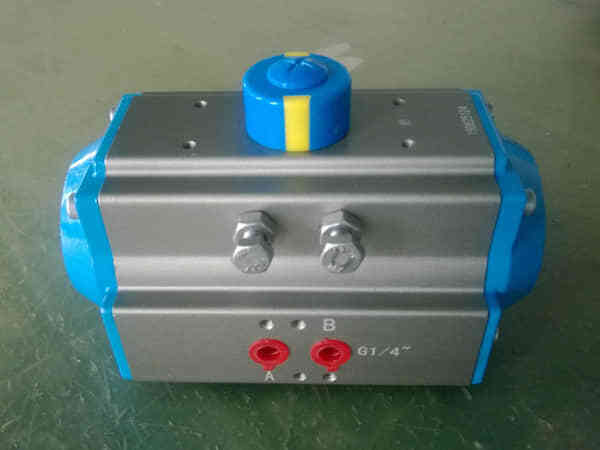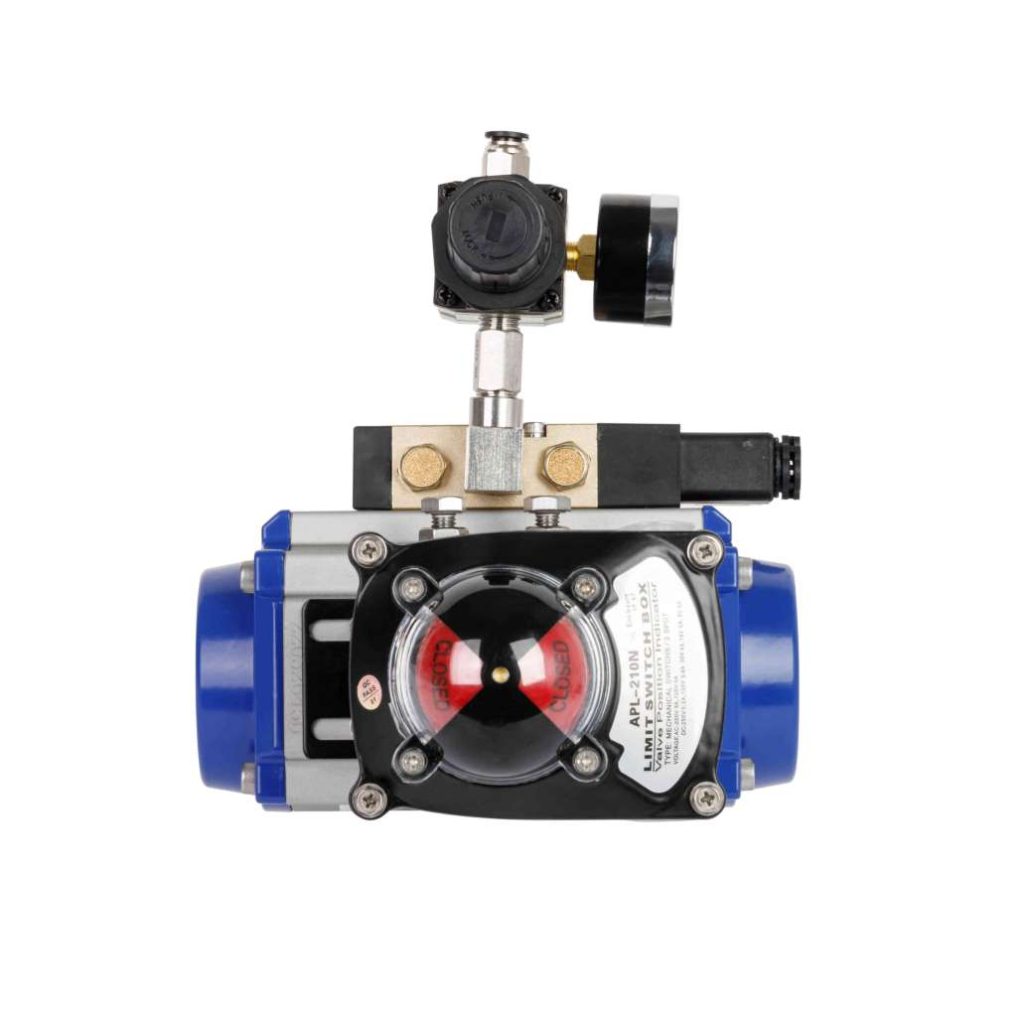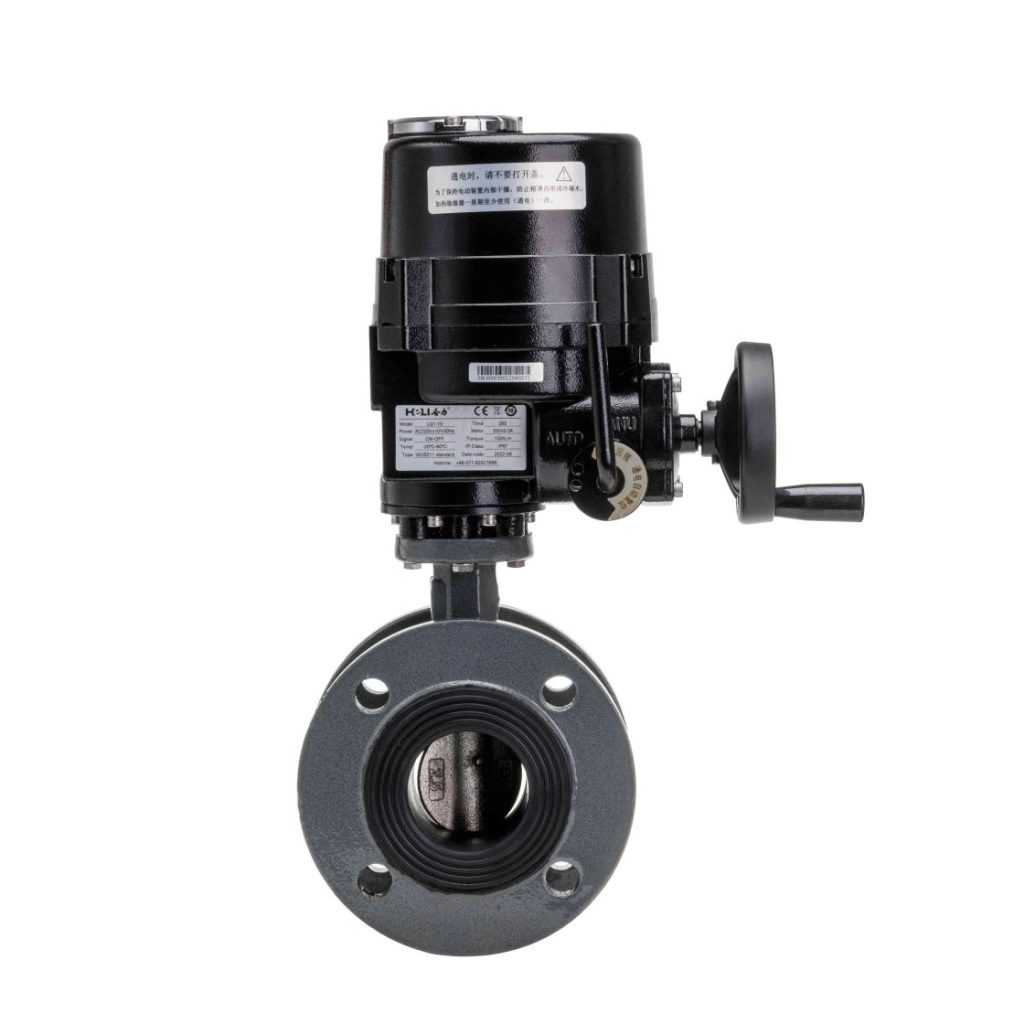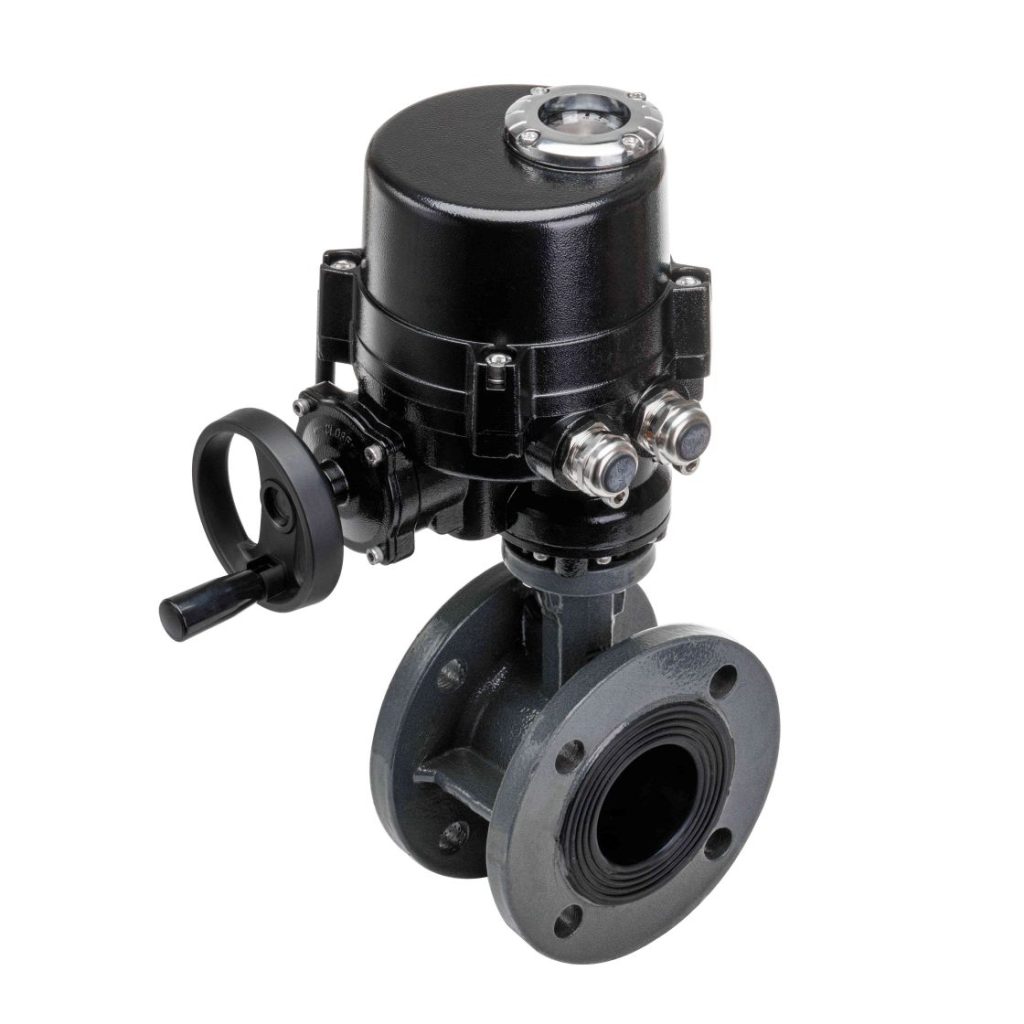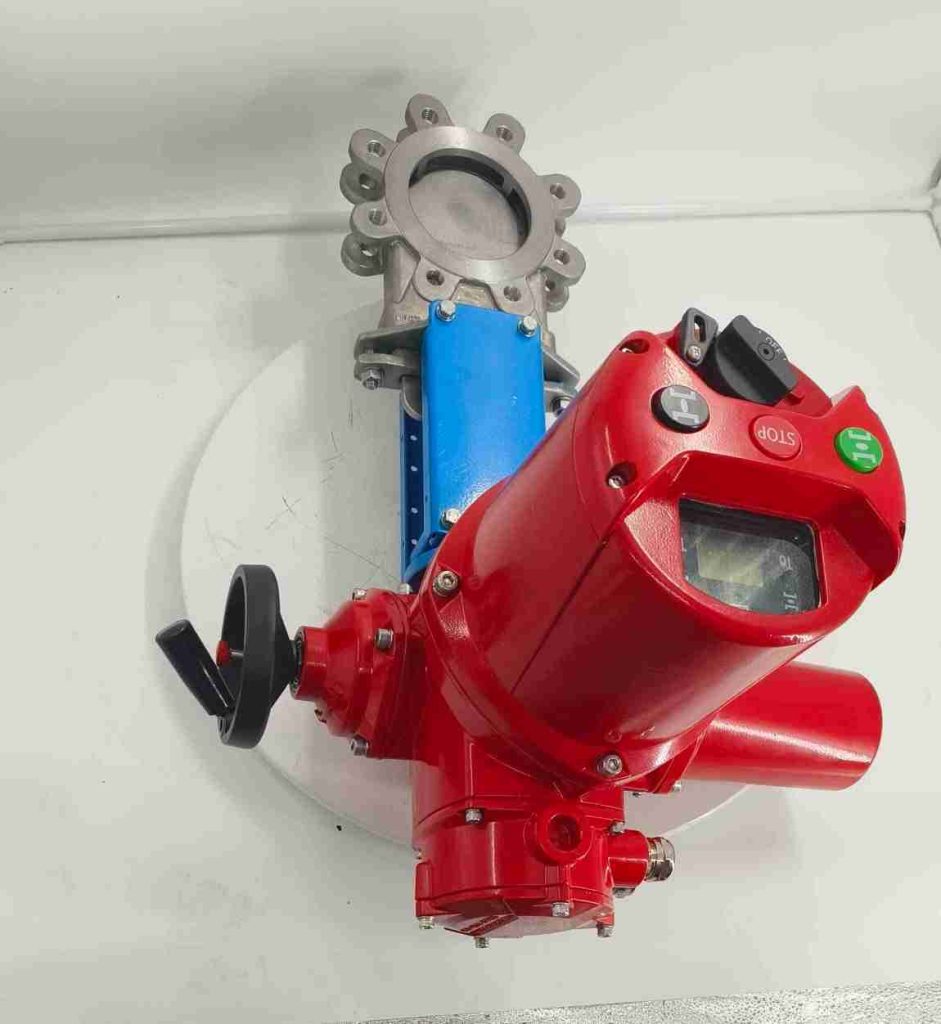A general-purpose relay is one of the most widely used electrical components that plays a critical role in controlling electrical circuits. Despite its simplicity, it is a versatile device that enables automation and safety in countless applications, from household appliances to industrial systems. In this article, we will explore the basic functioning, types, and applications of general-purpose relays, as well as their advantages.
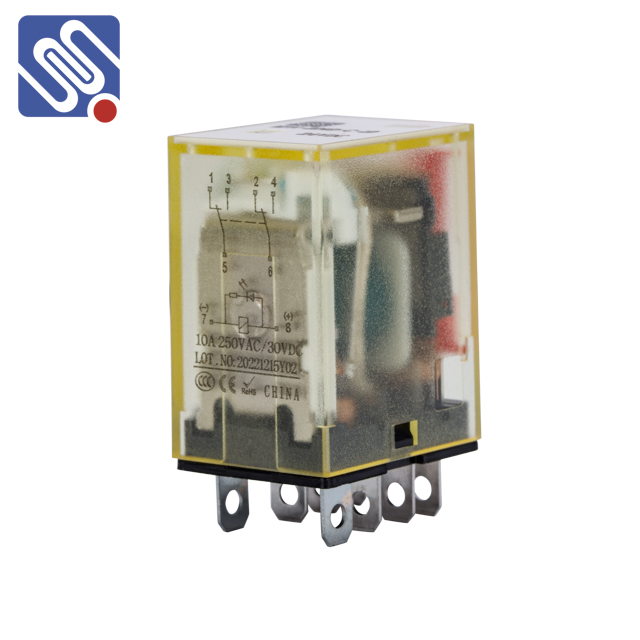
What is a General-purpose Relay? A general-purpose relay is an electromechanical switch that controls the opening and closing of electrical contacts in a circuit. It consists of a coil, a set of contacts, and an armature that moves in response to the magnetic field created by the coil. When an electrical current is applied to the coil, it generates a magnetic field that attracts or repels the armature, which in turn moves the contacts to either complete or break the circuit. These relays are primarily designed to handle relatively low-power control signals and use those signals to switch higher-power circuits, making them suitable for applications in which direct switching would be impractical or unsafe. They are typically used in situations where the user needs to control a high-voltage or high-current circuit with a low-voltage or low-current control signal.


